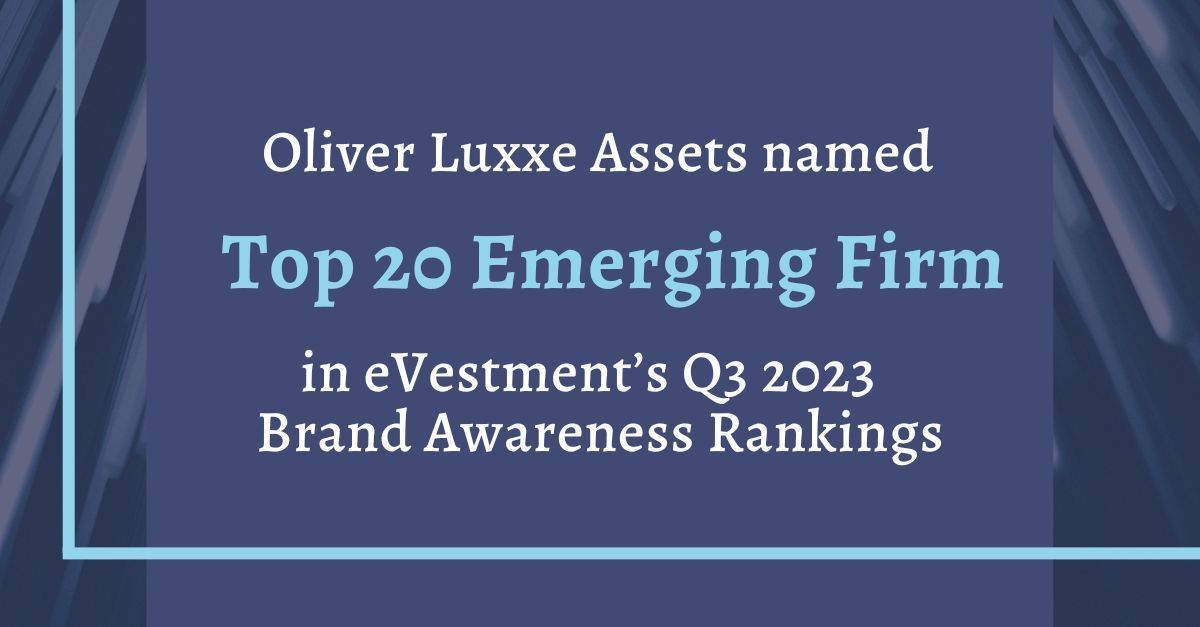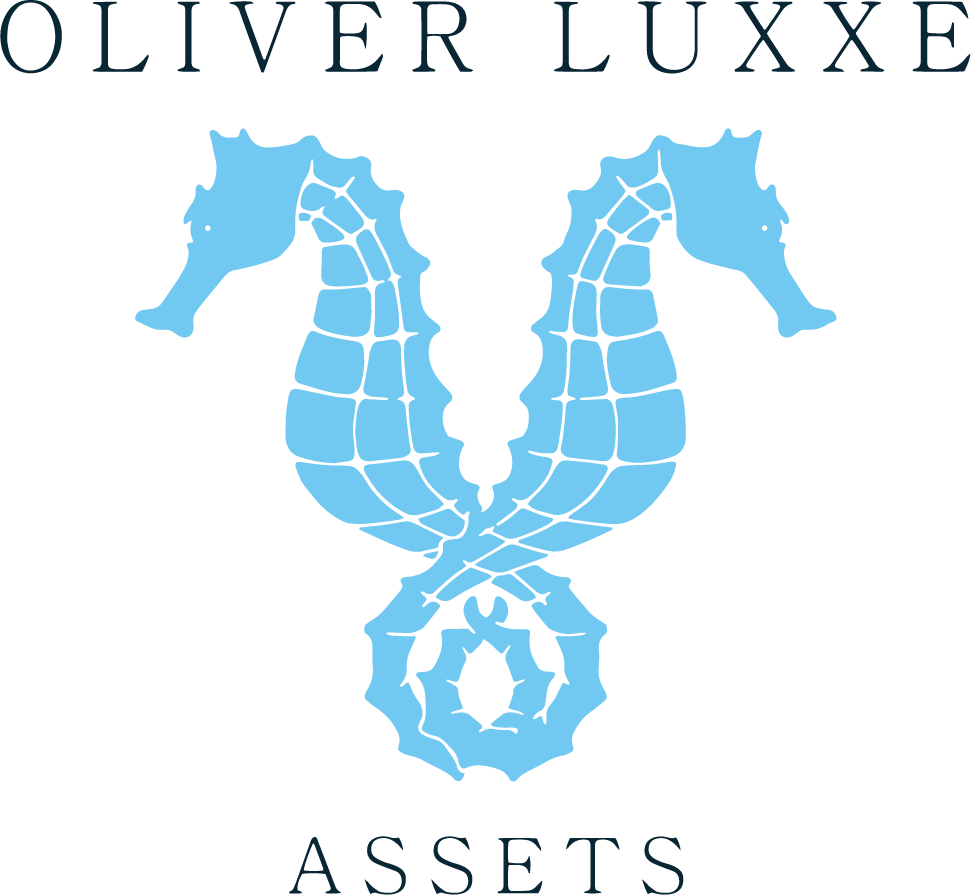May 2021 Trade Themes & Highlights
June 28, 2021
May 2021 Trade Themes & Highlights
Strategy Themes:
- Reduce exposure to early-cycle cyclical companies in which valuation appears over-extended and will experience noted headwinds from rising inflationary pressure and supply-chain issues.
- Reduce exposure to companies that out-performed in 2020 due to tailwinds provided by the COVID environment, and where valuation multiple expansion outgrew earnings growth.
Market Topics:
- U.S. existing-home prices hit a record high in May, with median existing-home prices rising 23.6% in May from a year earlier to $350,300 driven by a shortage of properties and low interest rates.
- Federal Reserve Chair Jerome Powell said inflation had picked up but should move back toward the U.S. central bank’s 2% target once supply imbalances resolve.
Select Equity Model:
- KEYS (sold all): Keysight Technologies provides electronic design and test solutions that are used in the design, development, installation, and deployment to communications, networking, and electronic industries. They deliver solutions across a wide range of industries, including commercial communications, networking, aerospace, defense and government, automotive, energy, semiconductor, and electronic industrial. They are direct beneficiaries of the 5G deployment across the globe. While the long-term growth outlook looks positive, we believe the company’s valuation has become too steep for our discipline. Thus we decided to take our profits and allocate our capital into more attractive opportunities.
- HLT (sold all): Hilton is one of the world’s major hotel companies, with a portfolio catering to the luxury and upmarket customer segments. Their brands include Hilton, Waldorf Astoria, Doubletree, Tapestry Collection, Curio, Embassy Suites, Hampton, and Homewood Suites. As a key beneficiary of the reopening of the economy, we felt most of the positive news was priced into the stock, and the valuation was higher than we believe was warranted. We also felt that Hilton had slightly higher exposure to Corporate Travel which we believe may take longer to fully recover to 2019 levels. We thought allocating capital to Travel & Leisure Company offered a more attractive opportunity given their exposure to individual leisure travel.
- PXD (added): Pioneer Natural Resources Company is a large independent oil and gas company focused on the Midland Basin within the Permian. The company has utilized its strong balance sheet and free cash flow profile to acquire two E&P companies, DoublePoint Energy ($6.4bn) and Parsley Energy ($4.5bn). Not only are these acquisitions accretive to earnings, but they also enhance the FCF yield of the consolidated business. The Street believes Pioneer can generate a 16%/10% FCF yield in FY22/FY23, which should more than cover its total (base + variable) dividend.* The deals came at the heels of recent industry consolidation, given low valuations placed on oil & gas companies. We view Pioneer’s balance sheet, free cash flow, base + variable dividend strategy to be peer-leading. Management’s execution and focus on expanding its Permian acreage, production growth, and capital returns gave us more confidence to increase our position in PXD.
- ABBV (added): Already long-term owners of AbbVie Inc, we decided to increase our position due to compelling valuation and continued strong fundamentals. We believe AbbVie looks well-positioned with next-generation immunology drugs; recently launched drugs Skyrizi and Rinvoq have shown improved efficacy and safety over Humira and other currently leading treatment options. With a strong 4.51% dividend yield and a forward P/E ratio of under 10x, we felt compelled to increase our weight from 1.5% to 2.5% within our Select Equity strategy.
- WFC (bought): Wells Fargo reported a robust first-quarter result where adj. EPS beat by 47% and was mainly driven by lower than expected net charge-offs ($592mn vs. the Street’s $945mn), tight expense control, and solid net interest income. Much like other banks, WFC is experiencing better than expected credit losses in part due to a healthy consumer and conservatism in 2020 delinquencies. While we do not make any assumptions regarding when the Federal Reserve will lift the asset cap, we believe that the valuation reflects these factors. For example, WFC trades at a price-to-tangible book value of 1.23x (vs. 5-year avg. of 1.4x) which represents a 40% discount to the Financial Select Sector SPDR Fund (XLF). We also believe Wells Fargo will be one of the biggest beneficiaries in a higher rate environment. The company disclosed in their 10-Q that a hypothetical +100 basis point parallel move in rates would improve net interest revenue by $6.8bn, which is second only to Bank of America.
- HZNP (sold all): Horizon Therapeutics is a rare disease biopharmaceutical company focused on researching, developing, and commercializing medicines that address the needs for people impacted by rare and rheumatic diseases. We believe valuation has become less compelling, the company no longer appears on our quantitative screens, and investor expectations have become too high. Despite strong earnings revisions, Horizon Therapeutics has become increasingly more expensive on a relative basis compared to its historical average. HZNP currently trades at a forward P/E multiple of 18.2x, which is above the company’s 5-year average. On a relative basis, Horizon trades at a +13% premium to the Health Care Select Sector SPDR Fund (XLV) versus a 20% discount over the past 5 years.
*Based on consensus expectation and average estimates from Wall Street analysts.
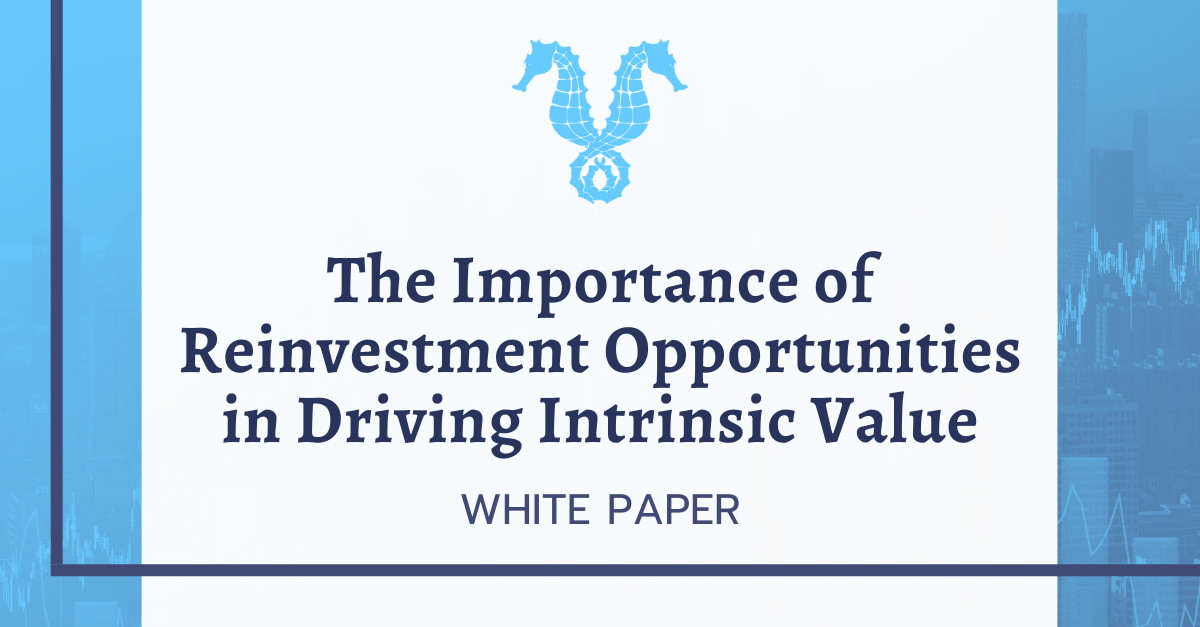
White Paper: The Importance of Reinvestment Opportunities in Driving Intrinsic Value Executive Summary At Oliver Luxxe, we believe that the intrinsic value of an asset stems from its ability to generate sustainable cash flows over time, discounted at an appropriate required rate of return. Central to this valuation framework are three key drivers: return on invested capital (ROIC) , reinvestment opportunities , and the quality and sustainability of earnings . Through our proprietary quantitative screening process and rigorous fundamental analysis, we seek to identify companies with these characteristics. Our "Private Equity in the Public Marketplace" approach integrates detailed financial modeling and competitive positioning analysis to uncover businesses with compelling reinvestment opportunities. This white paper explores the critical role of reinvestment opportunities in value creation, the metrics that illuminate a firm’s capacity to reinvest effectively, and how sustainable free cash flow acts as a catalyst for long-term growth. The Foundations of Intrinsic Value We believe the value of any asset is fundamentally tied to the present value of its future cash flow, discounted by a rate that reflects the risk and opportunity cost of capital. For equity investors, this translates into a focus on three interconnected pillars: Return on Invested Capital (ROIC): A measure of how efficiently a company allocates its capital to generate profits. Reinvestment Opportunities: The ability of a firm to deploy excess cash into high-return projects, whether through organic growth or inorganic strategies like mergers and acquisitions (M&A). Quality and Sustainability of Earnings: The reliability and resilience of a company’s earnings across economic cycles, providing the fuel for reinvestment. While our proprietary quantitative analysis helps us to systematically identify companies exhibiting these traits, the cornerstone of our process at Oliver Luxxe is detailed fundamental due diligence. This includes constructing discounted cash flow (DCF) models, performing comparable company analyses, and evaluating a firm’s competitive moat. By adopting a “private equity” mindset within the public markets, we aim to uncover businesses that not only generate strong returns but also possess the capacity to reinvest those returns at above-market rates. Reinvestment Opportunities: Organic and Inorganic Growth Reinvestment opportunities define a company’s ability to compound value over time. These opportunities fall into two categories: Organic Spending: Investments in existing operations, such as expanding production capacity, increasing R&D investments, enhancing product lines, or improving efficiency. Inorganic Spending: Accretive M&A that strengthens market position, diversifies revenue streams, or unlocks synergies. The success of reinvestment hinges on the availability of excess cash and management’s ability to deploy it at attractive rates of return. Consider a hypothetical example: A company generates $10.00 in revenue and $5.00 in net income (a 50% net margin). It converts 100% of its net income into free cash flow (FCF), yielding $5.00. Management reinvests $2.50 (a 50% reinvestment rate) at a ROIC of 30%, well above its WACC of 10%. This $2.50 grows to $3.00 in value, while the remaining $2.50 of FCF remains available for other uses, such as dividends, debt reduction, or further reinvestment. This "flywheel" effect, where high ROIC compounds through disciplined reinvestment, distinguishes exceptional businesses from average ones. However, the flywheel only spins if earnings are both high-quality and sustainable. The Oliver Luxxe Principles Our "Private Equity in the Public Marketplace" philosophy sets us apart by blending the rigor of private equity analysis with the liquidity and diversity of public markets. We prioritize companies with: High and sustainable ROIC relative to WACC. Robust reinvestment opportunities that may signal above-market returns. Durable earnings and free cash flow to fund those opportunities. By combining quantitative analysis with deep fundamental research, we seek to uncover undervalued businesses poised for long-term value creation. Our financial models project cash flows over multi-year horizons, while our competitive analysis seeks to ensure that reinvestment opportunities are defensible against industry rivals. Conclusion We believe reinvestment opportunities are a critical yet often overlooked driver of intrinsic value. Companies that can generate high returns on invested capital and are able to reinvest those returns at attractive rates can compound wealth beyond their peers. At Oliver Luxxe, our disciplined process seeks to identify these opportunities, leveraging both data-driven insights and hands-on analysis. In a market where short-term noise often overshadows long-term fundamentals, our focus on sustainable cash flows and reinvestment potential positions us—and our investors—for long-term success. Disclosures: All investment strategies have the potential for profit or loss. Different types of investments involve varying degrees of risk, and there can be no assurance that any specific investment will be suitable or profitable for a client's investment portfolio. This is not a recommendation nor an offer to sell (or solicitation of an offer to buy) securities in the United States or in any other jurisdiction.
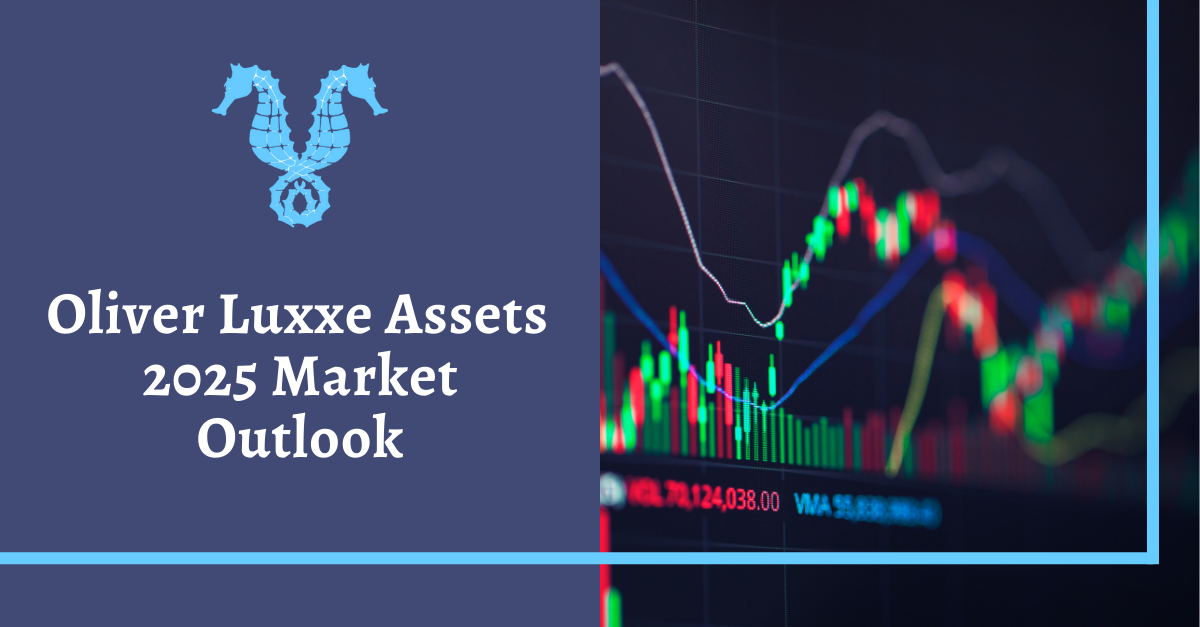
Is the Glass Still Half Full? The S&P 500 rose 23% in 2024, following a 24% gain in 2023. As we enter 2025, we continue to expect solid economic growth, stronger US productivity, and favorable interest rate policies by global central banks. The US is expected to remain the global economic growth driver with expansion of the current business cycle, increased AI-related capital spending, solid employment growth, and prospects for increasing capital markets activities. Despite this favorable backdrop, there are a variety of factors that may affect US equity performance in 2025. First, we believe much of the robust earnings growth in 2023 and 2024 has been reflected in equity valuations, especially in the fastest-growing AI-related stocks (see below). Over the last two years, higher interest rates combined with the AI capex boom were a key driver of outsized performance by a narrow group of stocks. However, we think these elevated valuation levels leave little margin for error. We think it also places a constraint on the upside for outsized equity gains in 2025.
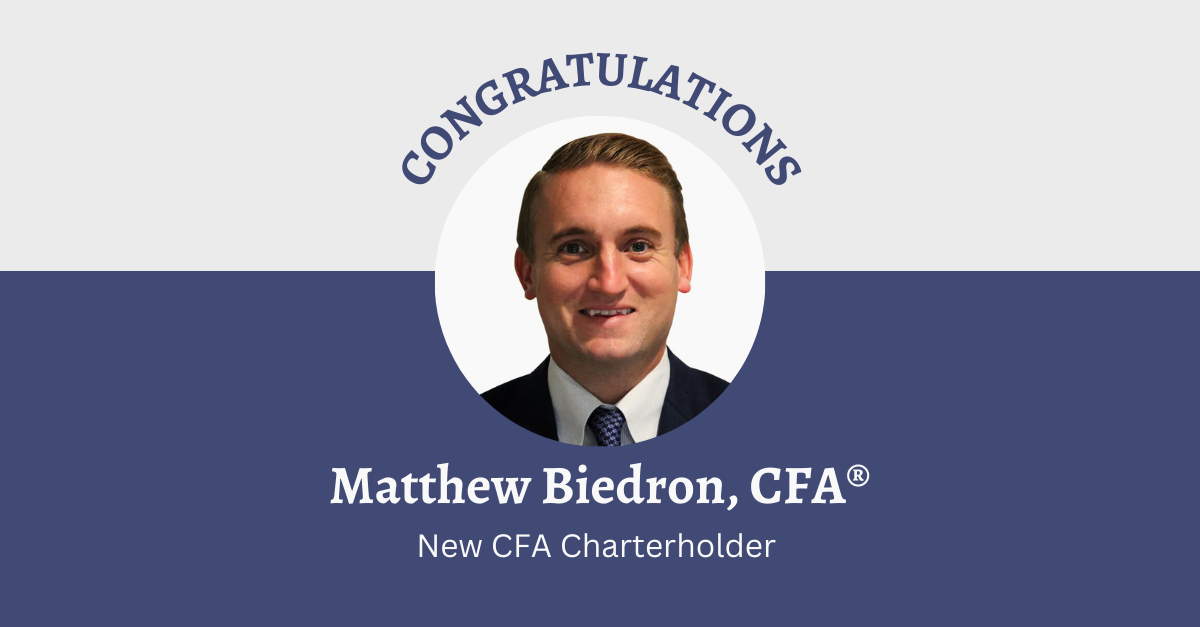
We are excited to announce that Oliver Luxxe Assets' Senior Research Analyst, Matthew Biedron , has earned a Chartered Financial Analyst (CFA®) designation . This significant accomplishment reflects his dedication to excellence in investment analysis. Matt dedicated over 1,500 hours to study and successfully passed three challenging six-hour exams, all while upholding high standards of ethics, conduct, and work experience in the field. The CFA® designation is widely recognized as the gold standard in finance and demonstrates Matt's commitment to providing the best service to our clients. At Oliver Luxxe Assets, we pride ourselves on delivering customized wealth management solutions based on independent research and analysis for our high-net-worth and institutional clients. Achievements like Matt’s exemplify our mission to maintain a long-term, consistent investment process backed by credentials that reinforce our commitment to expertise and integrity. Please join us in congratulating Matt on his exceptional achievement!
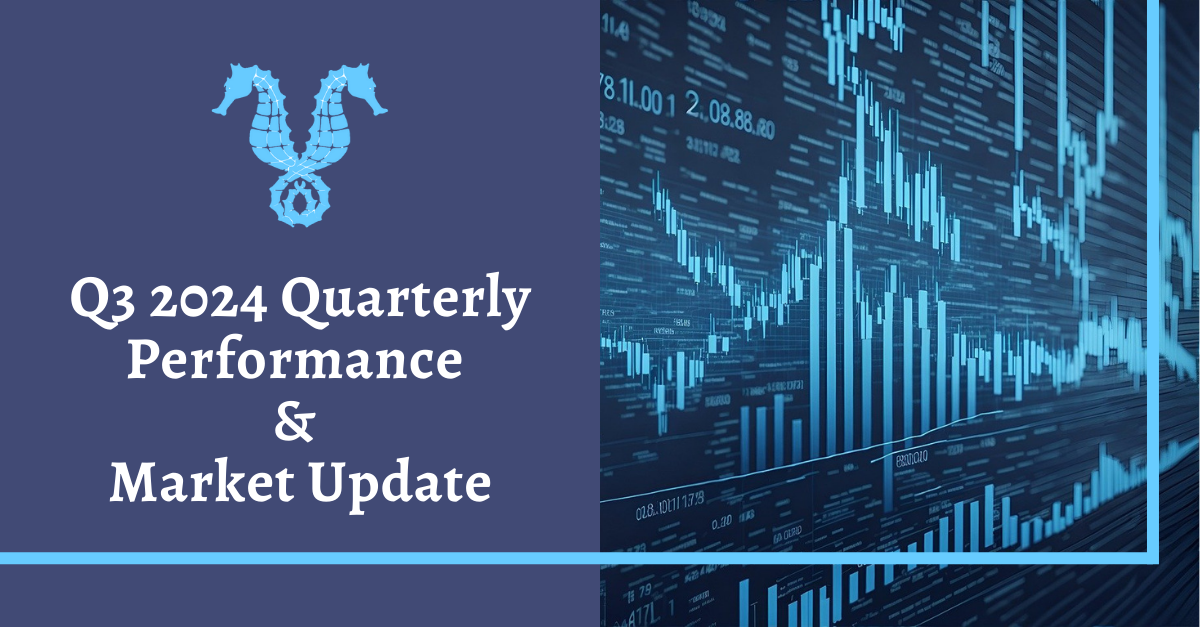
Don’t fight the Fed... It cuts both ways! Year to date, the S&P 500 Index generated a total return of approximately +22% through the end of 3Q 2024. About one-half of this performance was driven by five stocks: Microsoft, Nvidia, Apple, Google, and Meta. This narrow leadership marks a continuation of the “Mag 7” stocks leading the market higher in recent periods. Recall that as the Federal Reserve began raising interest rates in early 2022, investors rotated into large-capitalization technology companies, due to their perceived safety, well capitalized balance sheets, and secular growth opportunities. Since early 2022, the US economy witnessed 11 interest rate hikes and 9 pauses during this 2 ½ year period. As a result of this restrictive monetary policy, economic growth has slowed, the unemployment rate has moved higher, and inflation levels have subsided. Historically, when central banks embark on tighter monetary policies, GDP growth typically slows, corporate profits and margins decline, and overall equity valuations shrink; hence the adage: Don’t Fight the Fed! However, last month, the Federal Reserve lowered the Fed Funds rate by 50 BPS marking a reversal of their recent tight monetary policy. In fact, 30 other central banks across the globe have started cutting interest rates, including the European Central Bank (ECB), the Bank of Canada, and the People’s Bank of China (PBOC). Outside of recessionary periods, this is perhaps the most coordinated monetary-easing cycle globally within the last 25 years. This coordinated easing monetary policy typically leads to accelerated economic growth, including industrial manufacturing, capex growth, and overall corporate earnings. As the title of this Quarterly Newsletter notes: Don’t Fight the Fed….It cuts both ways!
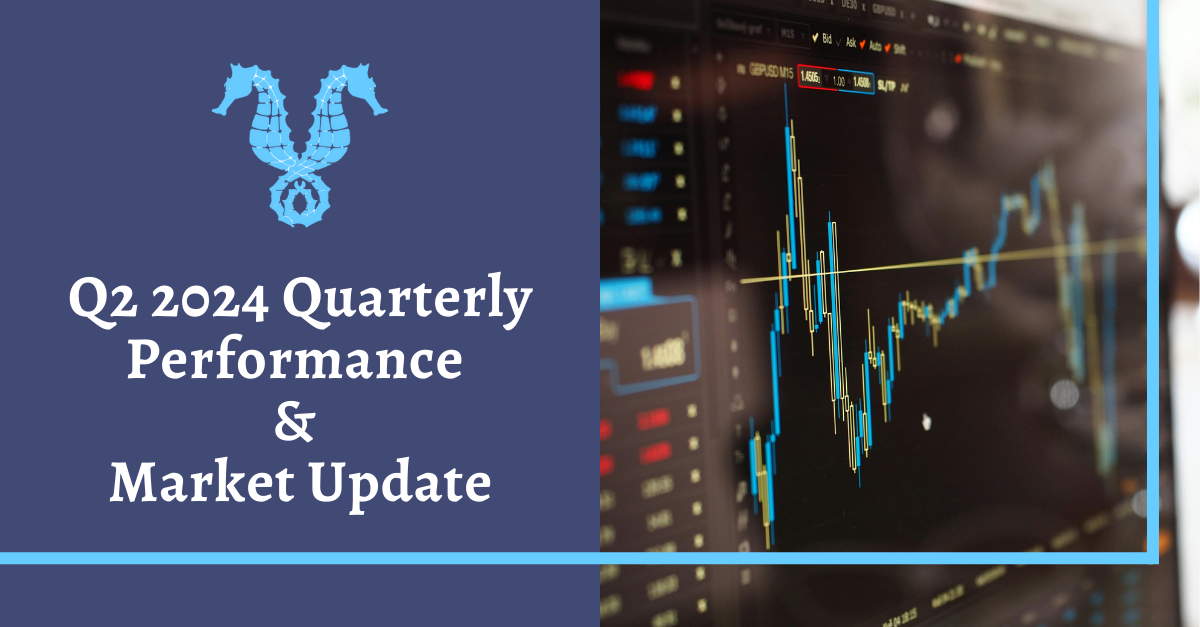
The S&P 500 Index rose double-digits during the first half of 2024. Most of the gains were driven by large-cap technology companies such as Nvidia, Apple, Microsoft, Amazon, and others. Significant capital investments from Hyperscaler companies have powered very strong revenue growth for Artificial Intelligence-related companies. Conversely, consumer-facing markets have begun to experience normalizing growth after a strong period of economic expansion coming out of the COVID period. For example, retail sales in May were tepid for the second consecutive month. We believe the Fed’s rate-hiking cycle and higher inflation may finally be taking their toll on the US consumer. On the flipside, the recent tightness in the US labor market appears to be easing, as the number of unfilled jobs per unemployed person has declined from 2.0 to 1.2 since March of 2022. This dynamic should help alleviate wage pressures and reduce general price inflation in the US from a larger labor pool .

In aggregate, the US economy has remained healthy, driven by a resilient US consumer, declining inflationary headwinds, and still positive GDP growth. Many investors at the start of the year were expecting aggressive interest rate cuts due to a perceived weakening of the economy and softer inflation data as we exited 2023. However, as the first quarter of 2024 unfolded, it appeared that the US was experiencing a second tailwind of growth. For example, the March Manufacturing ISM reading came in at 50.3 versus consensus expecting 48.5, which put the ISM above 50 for the first time since September of 2022.
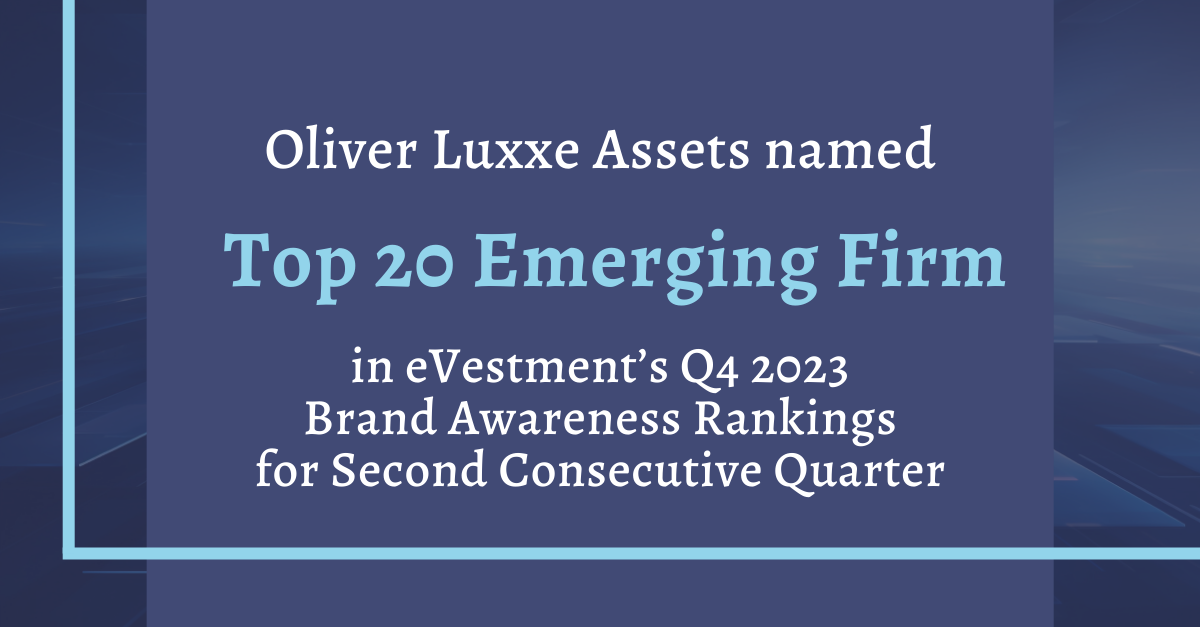
We're pleased to announce that Oliver Luxxe Assets was named in the Q4 2023 eVestment Brand Awareness Rankings report as a Top 20 Emerging Firm. This is the second consecutive quarter that OLA has ranked in the top 20 of Nasdaq/eVestment's Brand Awareness survey of Emerging Managers. In the report, eVestment ranks the top asset management firms by brand awareness scores for the quarter across multiple global, regional, single product, and asset class categories. Oliver Luxxe Assets is ranked 13th out of 20 leaders in the Global Emerging Managers category. For a link to download the report, click here .

2023 Year-End Review: The Tortoise and The Hare 2023 was a reversal of the equity market underperformance from the previous year. Recall, the S&P 500 and the Nasdaq declined -18% and -32% respectively in 2022. Conversely, they gained +26% and +44% respectively in 2023. The Nasdaq gains was primarily driven by a handful of stocks, aka “the Magnificent Seven”, that drove the Artificial Intelligence frenzy reminding us of “the Four Horsemen” during the Internet Bubble period of the late 1990s. In the end, the S&P 500 Index traded at a similar level last week as it did in early January 2022. Essentially flat over a two-year period! In the meantime, the US economy had sustained a series of headwinds. Recall, last spring, the financial system witnessed the collapse of Silicon Valley Bank and Signature Bank. This stoked fears about another system failure since the global financial crisis in 2008. In retrospect, the Regional Banking crisis last Spring turned out to be a result of poor balance sheet risk management and a general lack of preparation for higher interest rates. Additionally, the economy saw the fastest pace of interest rate increases by the Federal Reserve since the 1980s, increasing from almost zero in early 2022 to 5.25-5.50% today. Historically, housing, employment, and energy prices are key “swing” factors as to whether the US economy gets pushed into a recession or soft-landing scenario. The housing market is solid, the employment picture remains decent and energy prices have declined year over year. Overall, we expect the rate of inflation to continue its downward trend. However, we believe the Federal Reserve may be hesitant to lower interest rates aggressively as market participants believe unless the economy and job market experiences a rapid decline. Late last year, the equity markets experienced a dramatic rally off the October lows as market participants seemed convinced that a soft-landing economic scenario was inevitable. The S&P 500 Index, Nasdaq, and Russell 2000 Small Cap indices gained 16%, 18%, and 24% respectively off the October 27th lows to finish 2023. Coincidently, market participants were just as convinced that a recession was inevitable late in 2022 as they are now that a soft landing is the most likely scenario today. History and market experience have taught us that a $26T US economy tends to move a lot slower than a fast-moving equity market trying to express a short-term opinion. The economy tends to move at the speed of a Tortoise while the market wants to move like a Hare. We all know who wins the race in the end! 2024 Outlook Marty Zweig, famed investor, and market forecaster, coined the phrase “Don’t fight the Fed” in 1970 implying that the Federal Reserve policy has a strong correlation in determining the direction of the economy and ultimately the US stock market. We remind ourselves and clients that this phrase works in both directions of interest rate movement; EVENTUALLY! As we look forward into 2024, we see little value in trying to predict when and how much the Federal Reserve will cut interest rates this year. Recent economic and inflation data supports the notion that interest rates may have peaked. In other words, the central bank is about to become our friend! Recall, we titled our Second Quarter 2023 Newsletter: They don’t sound the alarm at the top and they don’t ring the bell at the bottom. In retrospect, we believe the bear market in equities may have ended in October 2022. Additionally, it appears that earnings for the cycle may have troughed in 2Q 2023. Lastly, we believe a new economic cycle will eventually emerge sometime in 2024 or early 2025 marked by improving GDP, PMI, and ISM economic data. Regardless, we remind investors that we invest with a three- to five-year time horizon utilizing our “Private Equity in the Public Marketplace” approach as we believe this gives us the best chances of identifying industries/sectors where capital is inefficiently allocated and provides the most attractive risk/return opportunities. We believe we are entering a period like the aftermath of the Internet bubble where interest rates peaked, the US Dollar peaked, the US economy experienced a mild recession, and the equity market experienced a multi-year period of strong returns led by small, midcap, and economically sensitive companies. A pessimist sees the difficulty in every opportunity; an optimist sees the opportunity in every difficulty. -Winston Churchill, Former Prime Minister of the United Kingdom

Early in the third quarter of 2023, there was a continuation of the positive themes seen during much of the year including expectations for a “soft landing” economic scenario underpinned by slowing inflationary trends, a strong labor market, consumer resiliency, and improving corporate earnings. While these themes remained front and center for much of the third quarter, they were increasingly offset with growing concerns about global economic growth and increasing US Federal deficits. In fact, the term “bond vigilante” which was coined in the early 1980s by veteran Wall Street strategist and former Fed Economist Ed Yardeni resurfaced once again in 2023. Yardeni theorized that bond investors were not satisfied with the yields they are receiving for holding longer duration US Treasury bonds due to the risk of persistent inflation and the rising national deficit. As a result, the yield on the 10-year US Treasury bond moved from 3.3% early in the Spring to over 4.7%. We believe this rise in long-term interest rates will aid the Federal Reserve in slowing down the US economy. On the flip side, it increases the likelihood of a recession in 2024 or a potential “credit-accident” in the financial system.

